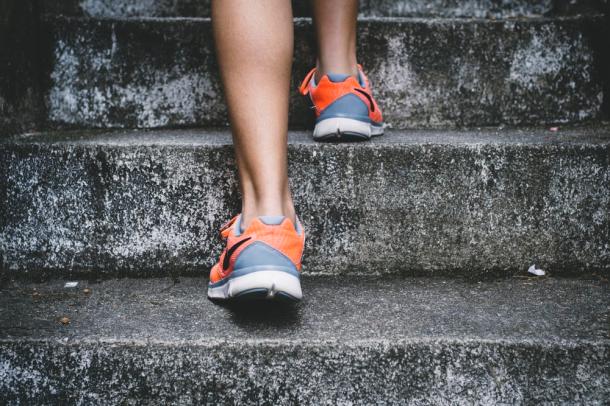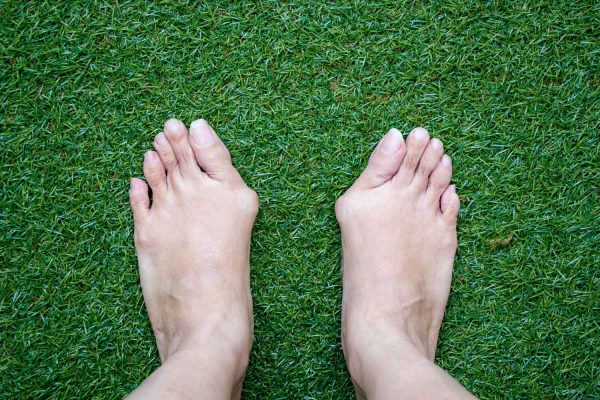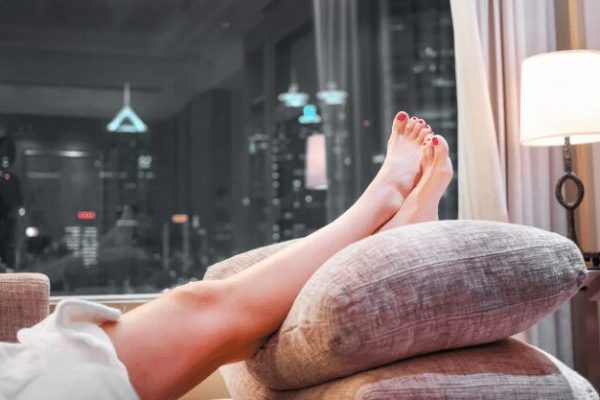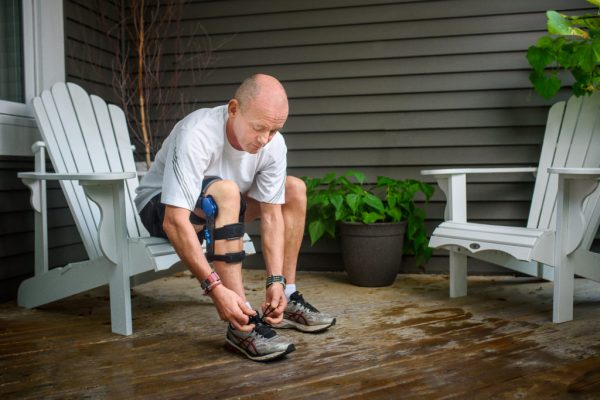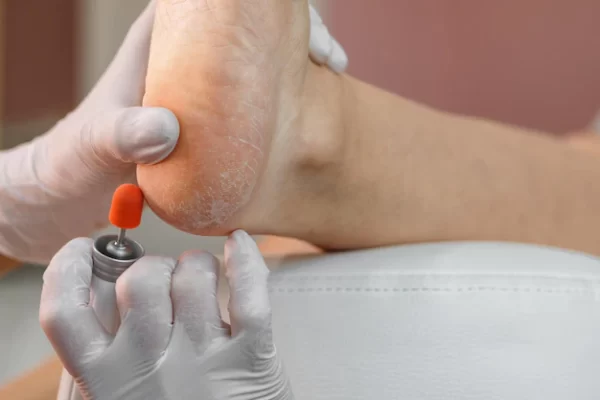Varicose veinsappear under the surface of the skin with a bluish color. If you suffer from varicose veins, it is important that you know what causes them, their symptoms, the dangers of not having them treated, how to reduce their appearance and treatments to remove them.
What Are Varicose Veins?
Varicose veins mainly appear on the legs and more women are prone to have them than men. They are caused by weakness or damage to venous valves, causing inflammation due to abnormal blood accumulation and blood to pool in the damaged vein.
Different Types:
- Grade 1: Minimal dilatations of the superficial venous system. They are called spider veins, which are a permanent capillary vase dilatation that looks like small red or purple lines.
- Grade 2: More visible and winding dilatations that could derivate in phlebitis and small external hemorrhages.
- Grade 3: Drainage regulation systems do not work properly and clog the tissue space of red blood cells. Changes in skin color, subcutaneous tissue and anti-inflammatory functions of the skin.
- Grade 4: Appear as painful ulcers that might get infected and generate other health symptoms.
Symptoms of Varicose Veins
Mayo Clinic, is a nonprofit academic medical center focused in integrated clinical practice, education and research. They have listed some of the most common symptoms on their website, which are:
- Veins that are dark purple or blue.
- Veins that appear twisted and bulging; they are often like cords on your legs.
- An achy or heavy feeling in your legs.
- Burning, throbbing, muscle cramping and swelling in your lower legs.
- Painworsens after sitting or standing for a long time.
- Itching around one or more of your veins.
- Skin discoloration around a varicose vein.
Dangers of Not Treating Your Varicose Veins
“The Dangers of Leaving Varicose Veins Untreated” an article by SegunOnibalusi for Huffington Post, provides a guideline of what to do when suffering from this affection and what are the consequences of leaving the condition unattended. The main reason to treat this disorder is to prevent suffering from a more serious condition in the future. These conditions might be:
- Hyperpigmentation, which is the excess of blood leaking into the tissues of the leg.
- Lipodermosclerosis, which causes the tissues to become firm and heavy, making it more difficult to move or relax.
- Venous Leg Ulcer, which is when the skin breaks down exposing internal flesh.
- Superficial Thrombophlebitis, which can lead to decreased blood flow.
Reduce the Appearance of Varicose Veins
There are ways you can reduce the appearance of your varicose veins without having to seek treatment to have them removed. Some ways to reduce the appearance of your varicose veins include:
- Elevate your legs and wear compression stockings: If you have mild or either a moderate form of varicose veins you can try to elevate your legs as much as possible. Doing so will help reduce your legs from swelling. Wearing compression socks is good at helping minimize or preventing these abnormal veins from surfacing by keeping the pressure on the leg muscles and helping your blood circulate.
- Physical activity:Get up and get moving. Focus on your calf and thigh muscles. This works best when trying to remove or reduce these veins. Avoid sitting or standing for long periods of time because the blood will start to pool in the veins in your legs and it then causes the veins to stretch due to the increased pressure from the pooling of the blood. The whole purpose of this is to keep the blood circulating and this will help prevent or minimize varicose veins.
- Eat healthily and watch your weight: Weight loss will not get rid of this nor can it be reversed. It’s important to be mindful of what you weight in relation to your weight because your weight does matter and it can play a major factor in which direction this issue can take you.
Treatments for Varicose Veins
The treatments for varicose veins has evolved throughout the years. Treatments for varicose veins have become less invasive and don’t require surgery. Some common treatments include:
- Sclerotherapy: This is a way to destroy some of the varicose veins that you have. A doctor will inject the veins with a solution that is known as sclerosant or sodium tetradecyl sulfate. The solution will scar the veins that will then cause them to collapse.
- Radiofrequency ablation:This is a procedure that uses radio waves that are transmitted through the wall of the veins. The doctor will have to numb the vein a little bit before the procedure and then use an ultrasound to see inside of the leg. Then the doctor will pass a wire catheter inside of the veins so that they can apply the radiofrequency along the wall of the veins.
- Endovenous laser ablation: This procedure is close to the radiofrequency ablation except that it is going to use laser energy instead of the radiofrequency. A laser fiber will be inserted into a catheter so that it can be moved to the location that is necessary. This type of laser energy will cause the vessel to close because of the heat. The vein willshrink over time and eventually be absorbed into your body.
While varicose veins might just be a cosmetic issue for some, for others they can cause more serious problems. It is important to have them looked at by your healthcare provider and take the steps to treat them if necessary.

